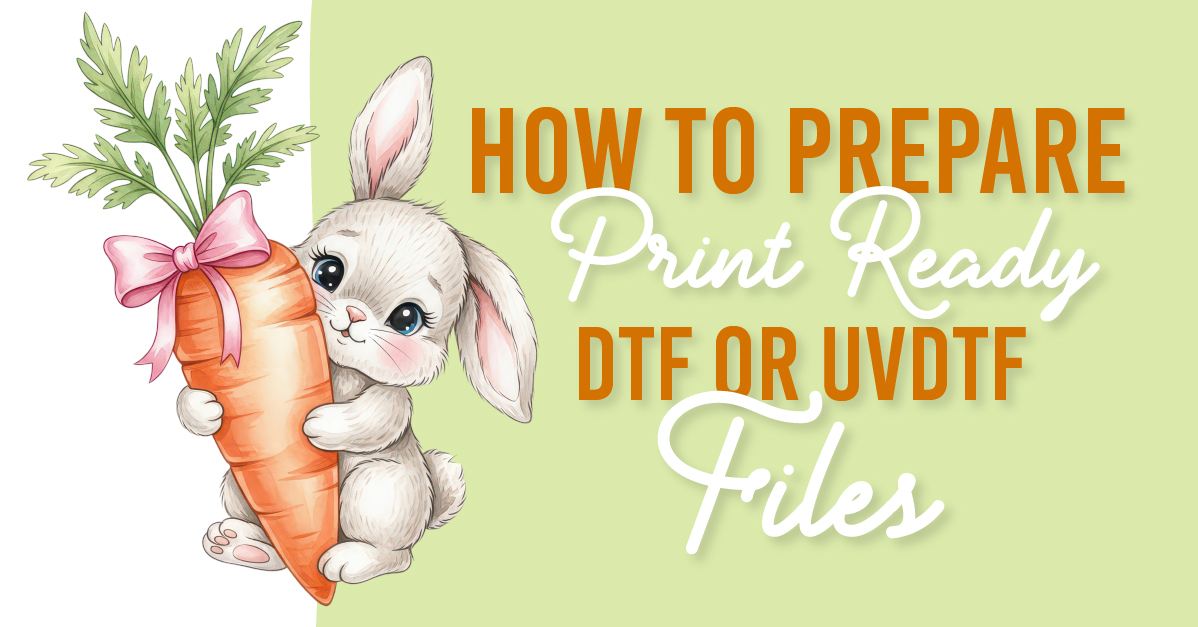- By Design Bundles
- 7 Mins
- Photoshop Tutorials
Bunny Glazed Cookie in Photoshop
For this tutorial, you will need an image to use as “Background”, one of cookies or a cookie texture pattern and a vector shape of a bunny head for the cookie.
1 - In Photoshop, open the image you chose as “Background”.

2 - Open the “Vector” you chose for your cookie shape. In our case it was an Illustrator file, so we selected it and then “Copy” (Command/Control + C) it and went back to Photoshop and “Paste” (Command/Control + V) it as a “Smart Object”.


3 - Double-click on its thumbnail and change the “Fill” color to something more similar to a cookie. We used #c7a750. Right-click on its thumbnail and choose “Convert to Smart Object”.


4 - Go to Filter > Liquify, use the following settings to make the edges a bit uneven. Once you are done, click “OK”.


5 - Double-click on your layer thumbnail and apply the following “Layer Styles”:
Bevel & Emboss: (“Highlight” color #a37851 and “Shadow Mode” color #c59c62)

Contour: (Half Round)

Drop Shadow: (color #76422b)

Click on the “Plus” button to the right of the “Drop Shadow Layer Style” to add another instance and use these values:
Drop Shadow: (color #784d3a)

6 - Open the image or texture of cookies you want to use, select a big portion, “Copy” it (Command/Control + C) and “Paste” it (Command/Control + V) into your document. Use “Free Transform” (Command/Control + T) to resize it to cover your “Bunny” Shape if needed.


7 - Right-click on top of the texture thumbnail and choose “Create Clipping Mask”, then lower the “Opacity” to 50%.


8 - Click on your “Cookie” Layer thumb while holding the Command/Control key to make a selection, then click on the small button at the bottom of the “Layers” Panel to create a “New Layer” on top of everything. Go to Select > Modify > Contact and use a value of 40 Pixels. Click “OK”. Fill your selection with White and deselect.






9 - Duplicate your “Frosting” Layer (Command/Control + J). Double-click on your first “Frosting” Layer and apply the following “Layer Styles”:
Bevel & Emboss: (“Highlight” color #a37851 and “Shadow Mode” color #c59c62)

Contour: (Half Round)

Texture: (Clouds)

Inner Shadow: (#cdc9b8)

Color Overlay: (#dfded5)

Drop Shadow: (#2c1c0b)

10 - Double-click on your “Frosting copy” Layer and apply the following “Layer Styles”:
Blending Options:

Bevel & Emboss: (“Highlight” color #ffffff and “Shadow Mode” color #b79e7f)

Contour: (Cone Inverted)

Texture: (Satin)

11 - Create another “Layer” on top, name it “Pink” and apply the following “Layer Styles”:

Bevel & Emboss: (“Highlight” color #a37851 and “Shadow Mode” color #c59c62, Gloss Contour: Ring)

Contour: (Half Round)

Texture: (Clouds)

Inner Shadow: (#f88a9c)

Color Overlay: (#f7afbb)

Drop Shadow: (#3b040d)

12 - Select the “Brush Tool” (B) and using a 50 Pixels, 100 % “Hardness” brush, paint the nose and ears of your “Bunny”.


13 - Create “New Layer” by clicking on the button at the bottom of the “Layers” Panel, name it “Black”. Right-click on top of your “Pink” Layer thumbnail and “Copy Layer Style”, then right-click on the “Black” Layer and “Paste Layer Style”. Double-click on it again and adjust some of the “Layer Style” values:



Bevel & Emboss: (“Highlight” color #a37851 and “Shadow Mode” color #c59c62, Gloss Contour: Ring)

Contour: (Half Round)

Texture: (Clouds)

Inner Shadow: (#000000)

Color Overlay: (#312e2e)

Drop Shadow: (#000000)

Then paint eyes and mouth to your “Bunny”.
14 - Select all the layers that are part of the cookie, right-click on their thumbnails and choose “Convert to Smart Object”. Now, you can duplicate it to create more cookies and play around with the position, size, etc.


6 Related Photoshop Tutorials
For this tutorial, we will the image of a “Porcelain Rabbit” for our “Background”.1 - In Photoshop, open the image you chose as “Background”.2 - Use the “Quick Selection Tool” (Q) to make a selection of the “Rabbit”. Use “Add” and “Subtract from selection” to refine it if needed.3 - ...
For this tutorial we are using a canvas or paper background and Titin Script from Font Bundles.1 – Create a new “Gradient Layer” under your “Texture” layer. Use a “Transparent to Fill Color” gradient with #d3d1d1 and #918f8f as colors, the Style as Radial and a 250% Scale. Hit ...
For this tutorial, we are using “Bukhari Script” from Fontbundles.net (https://fontbundles.net/mikrojihad/33277-bukhari-script), some cake textures (there are some web pages that have free images that you can useas textures) and a plate and table background images.We are going to divide this tutorial in two sections. ...
Welcome to the Photoshop Short Cuts and Hot Keys tutorial. Here we display a handy table on how you can cut down time on your design work with these easy to use short cuts..table-box br {display:none} .table-box table {margin-top:20px}TOOLS SHORTCUTSWINDOWSMACMove ToolVVRectangular Marquee ToolMMElliptical Marquee ToolMMLasso ToolLLPolygonal ...
For this tutorial you may want to get a Color Palette as reference.1 - In Photoshop create a “New Document”, make it 15 Centimeters in “Width” and “Height” @300 Pixels/Inch and with a “Transparent” Background.2 - Go to Filter > Render > Clouds...3 - Then, go to Adjustments > Threshold… and ...
1- Open up Photoshop And select your image.2-Once your image is in your workspace right click on the background image in the layers palette.3- Select duplicate background and a new box will appear. Name your background copy and click OK4- Go to Filter > Filter Gallery. ( note ...

 All your Font Needs
All your Font Needs




